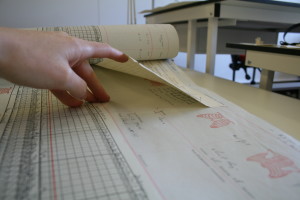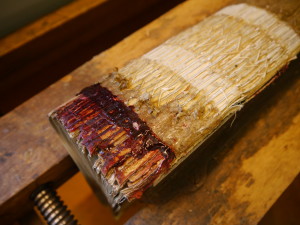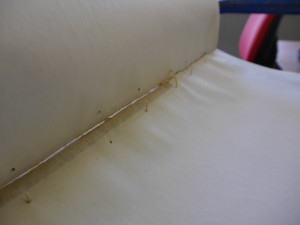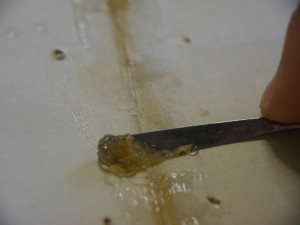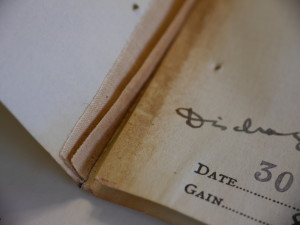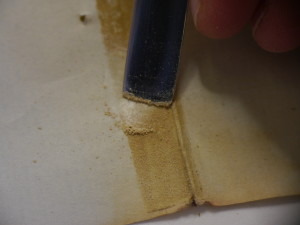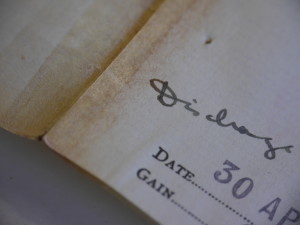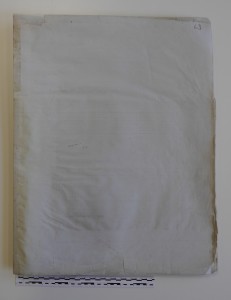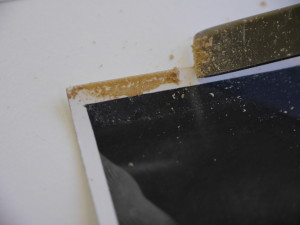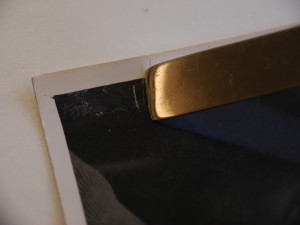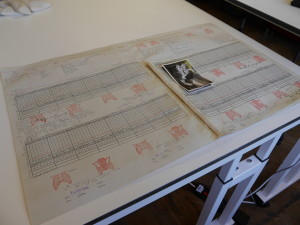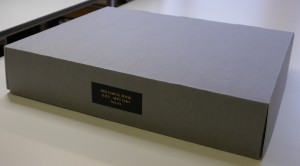We are pleased to announce that the Wellcome Trust have awarded a second grant to Northumberland Archives to continue the amazing work they have done through the Stannington Sanatorium Project.
The ‘Stannington: From Sanatorium to General Hospital: Opening Up Three Decades of Paediatric Care’ Project has been awarded £49,100. This money will allow us to digitise the main series of case files from the Stannington Sanatorium collection covering the period 1944-1966. These files comprise 100 linear feet of records – that’s a whopping 122,000 pieces of paper to be digitised! We will redact the key documents in each file – the patient progress notes, x-ray card and discharge sheet and append the redacted copies to the catalogue entry. The files span the life of Stannington from it being a tuberculosis sanatorium funded by the Poor Children’s Holiday Association (now Children Northeast), including the introduction of the National Health Service, (1947) to its final conversion to a general children’s hospital (1953), which it remained until its closure in 1984, opening up three decades of paediatric care.
The Stannington Sanatorium Project ran from August 2014-July 2015 and allowed the full cataloguing and part-digitisation of the records from Stannington Sanatorium. However, the digitisation element of the project was primarily focussed upon the original and microfiche radiographs that made up a sizeable portion of the collection and only the early case files up to 1943 were digitised at this stage. This grant will fund the digitisation of the remainder of the individual patient files included in the Stannington Collection and will fund full re-packaging of the original files in conservation grade materials.
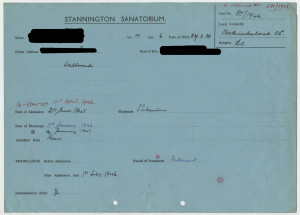
Through this project we will utilise digitisation as a preservation tool thereby minimising further handling and potential damage to patient files through the creation of a digital surrogate which can be viewed electronically. In turn the project will increase accessibility to the collection via the redaction and web-mounting of the files. It will benefit members of the academic community who have shown a vast interest in the previous project and wish to access the files as a teaching resource or for their own research. This new digital content will be added to Northumberland Archives electronic catalogue where the c.20,000 images created in the first project can now be viewed.
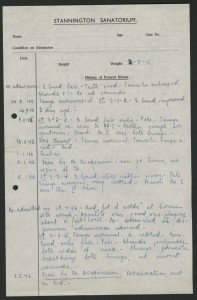
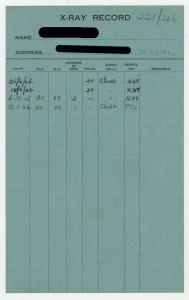
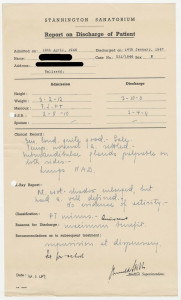
The project will commence in November 2015 and will run for 12 months. Two new members of staff will be employed, one full time the other part time, to undertake this arduous task and they will endeavour to blog about their progress from November onwards so make sure you keep a look out for new postings!

